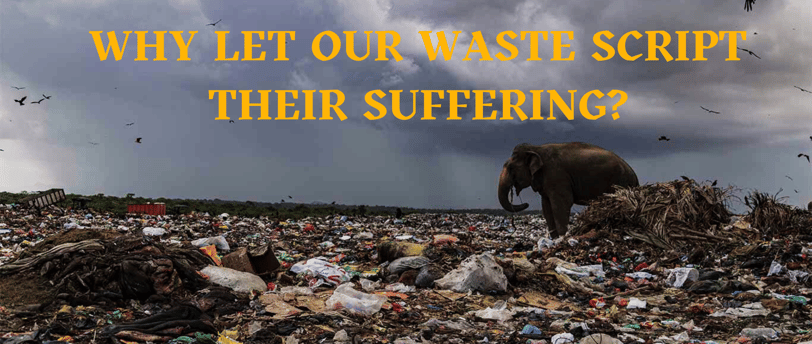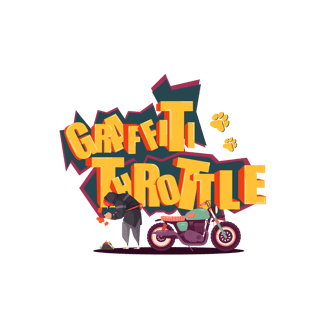The Plastic Prison
A mural of a plastic prison, showing the silent suffering of wildlife.
UPCOMING ARTWORK
K. Grover
3/20/20252 min read


In the heart of a lush, green forest beside a winding river, life once thrived in perfect balance. Elephants roamed free, turtles sunned themselves on smooth stones, monkeys leapt from tree to tree, and fish danced through clear, clean waters. But things were changing—quietly, dangerously.
It began with a crinkling sound.
A light breeze carried a shiny plastic bag into the forest. It floated like a ghost—weightless, silent, and strange. Mumba, the youngest elephant in the herd, was the first to notice. He sniffed it, nudged it, then swallowed it, thinking it might be something tasty left behind by human visitors.
Days later, Mumba grew weak. He stopped splashing in the river. His belly hurt, and he couldn’t eat. His mother, Tara, watched helplessly as he lay under the trees. The forest healer, a wise old hornbill, examined him and sighed. “It’s plastic,” he said. “It’s trapped in his stomach. It won’t go away.”
Elsewhere, near the riverbank, a baby turtle named Kiko got caught in a plastic six-pack ring. It wrapped tightly around his tiny shell, digging into his skin. Kiko tried to swim but couldn’t move properly. His mother circled him frantically, unable to help.
Under the water, things were worse. Tiny pieces of broken plastic—called microplastics—floated through the river like invisible poison. Fish gulped them down, mistaking them for food. Their stomachs filled with it, but their hunger remained. Many grew sick. Some stopped swimming.
In the canopy above, a mischievous monkey named Zazu found a colorful bottle cap. He chewed it, thinking it was a fruit shell, but it cracked and cut his mouth. He yelped in pain, tossing it aside—but it remained, waiting for the next curious animal.
And up high in a tall tree, a mother stork built her nest with what she could find—strings of plastic, candy wrappers, shiny foil. Her chicks hatched in a bed of waste. One tried to eat a wrapper, thinking it was food, and choked before its first flight.
The forest was no longer safe.
The animals gathered one evening beneath the great baobab tree. Tara the elephant, wise and strong, stepped forward. “We are trapped,” she said, her voice deep and steady. “Not behind walls. Not in cages. But in a plastic prison we did not build.”
The others nodded. The prison had no guards. No locks. But it spread into every corner of their world.
So they fought back the only way they could. The elephants dragged plastic piles out of the river. The monkeys formed chains to clean the treetops. The turtles pushed debris off the sandbanks. They left messages in the dirt near human trails—drawn with sticks, leaves, and stones:
“PLASTIC KILLS. TAKE IT BACK.”
One day, a young girl named Aanya saw their message. She asked her parents "why let our waste script their suffering". They didn’t have an answer—but from that day on, they brought reusable bags, bottles, and cutlery wherever they went.
And with every small change, a piece of the plastic prison cracked.
